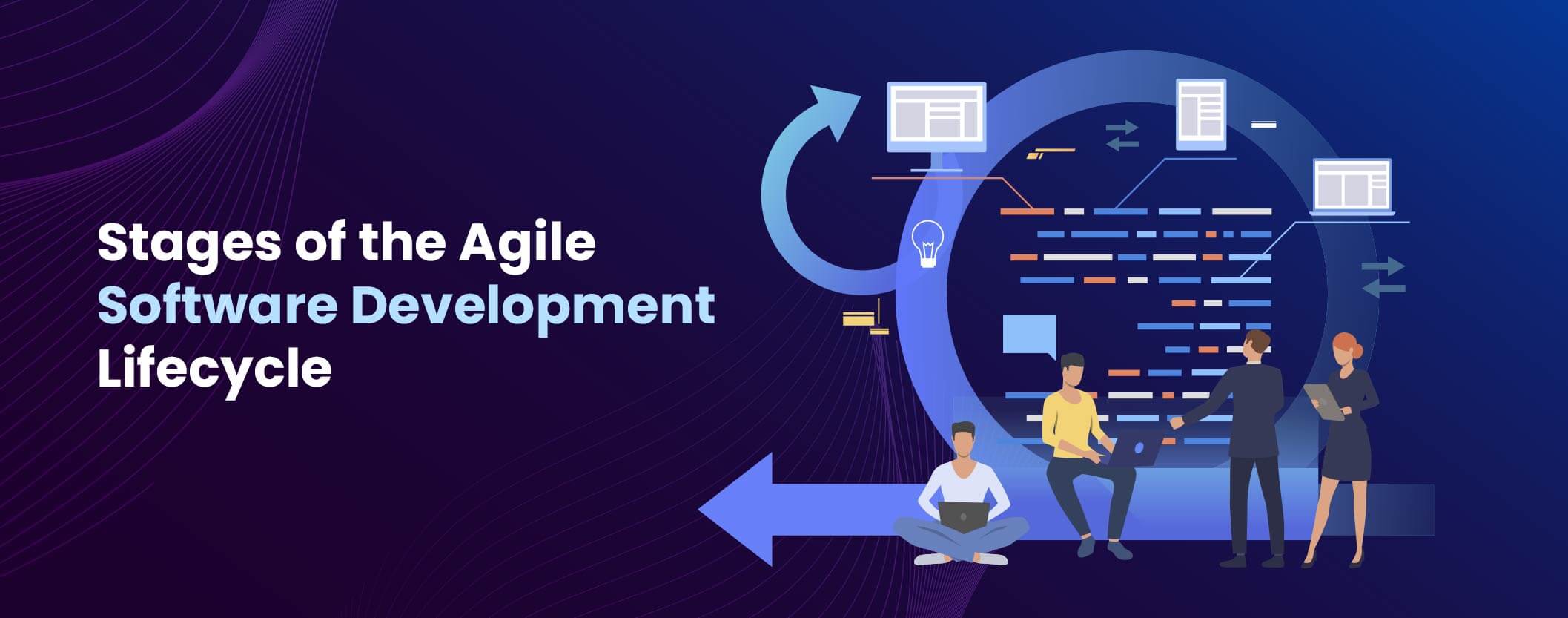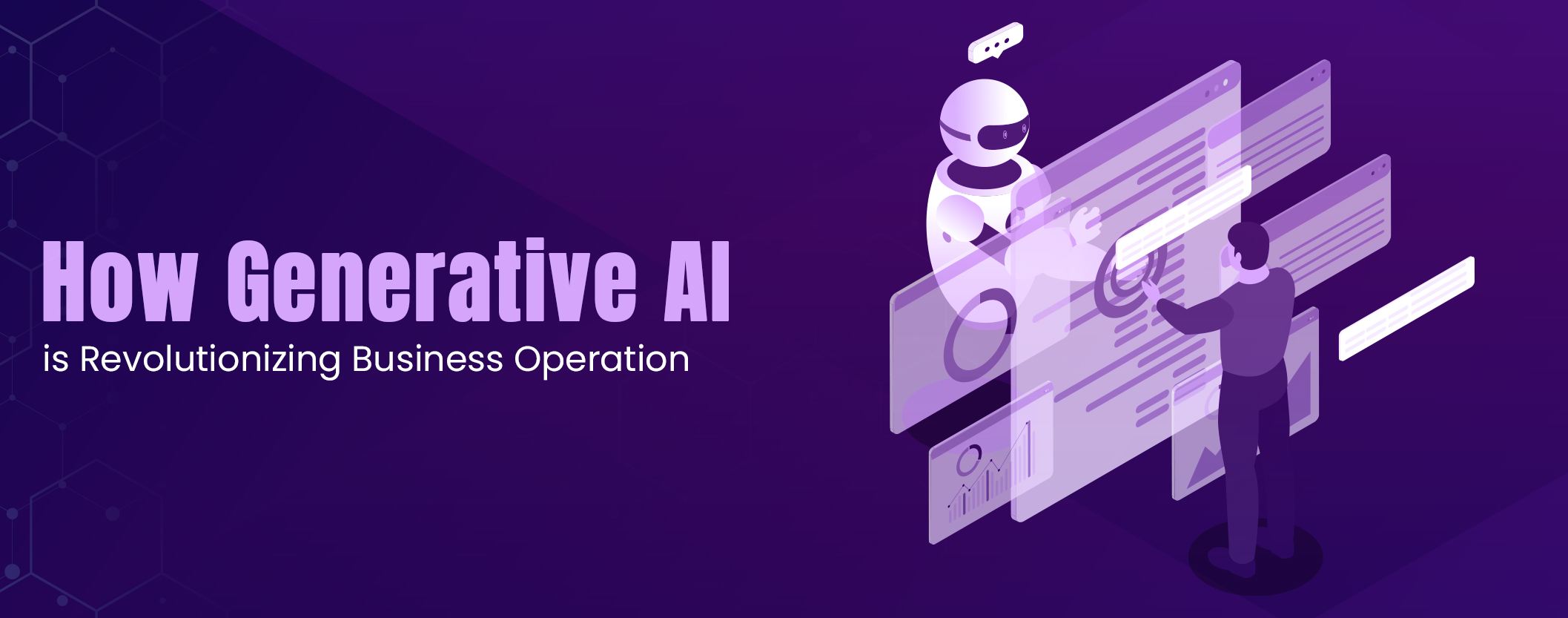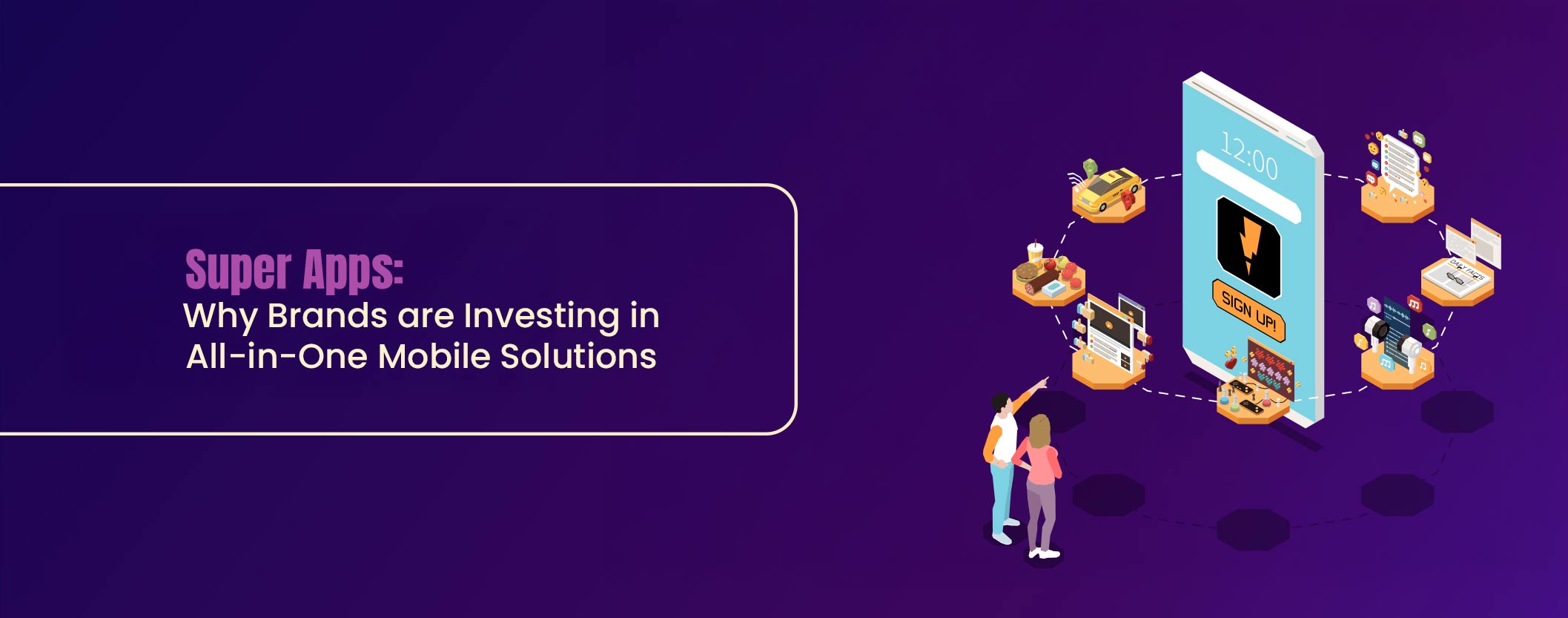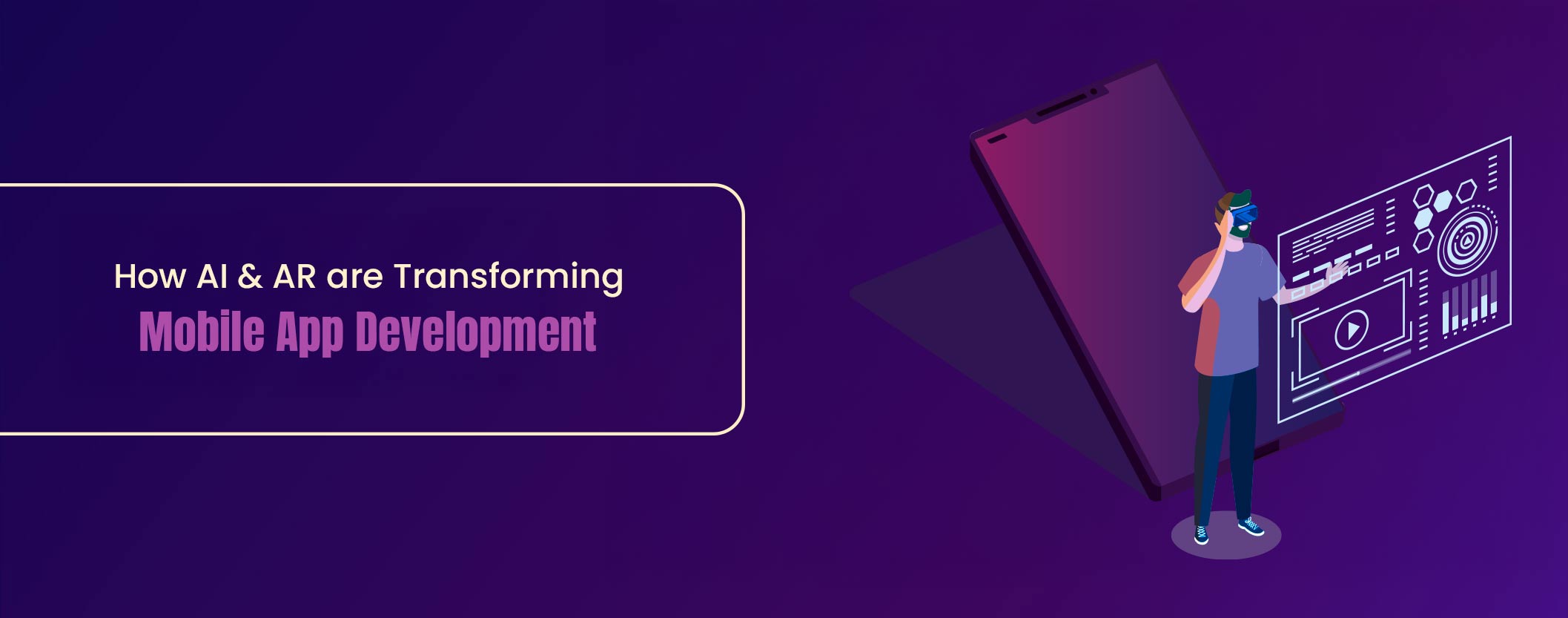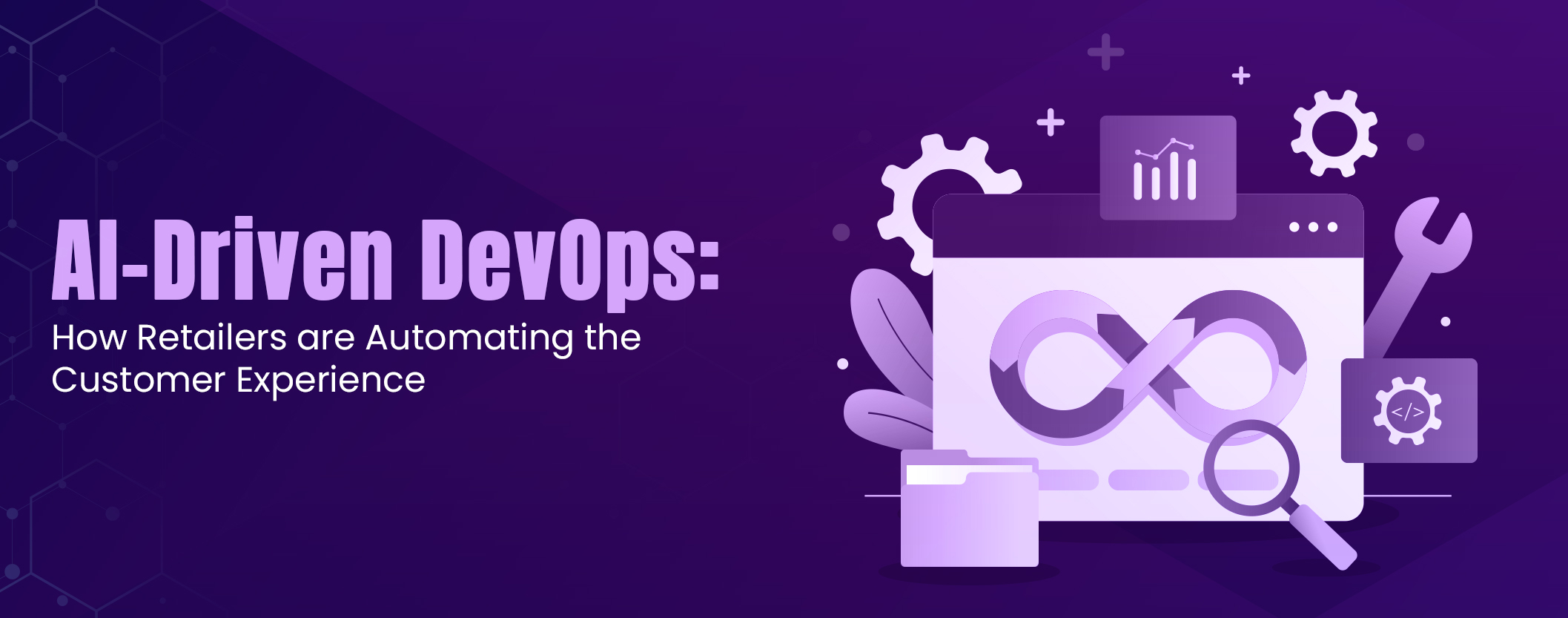Agile software development methodology has become a cornerstone for many software development companies. Its iterative approach allows for flexibility and responsiveness, essential in today’s fast-paced technological landscape.
At its core, agile software development methodology emphasizes continuous testing via collaboration, customer feedback, and small yet rapid releases to ensure the best possible outcomes. This methodology is ideal for projects where requirements evolve over time.
Core Values behind agile methodologies
The Agile Manifesto is built on four key values that shape the approach to software development:
- Individuals and Interactions over Processes and Tools: Prioritizing human communication and collaboration to foster better teamwork and project outcomes.
- Working Software over Comprehensive Documentation: Focusing on delivering better functionality that provides real value, rather than getting bogged down in excessive paperwork.
- Customer Collaboration over Contract Negotiation: Engaging customers throughout the development process to ensure their needs and feedback are continuously addressed through reiterations, resulting in a product that truly meets their requirements.
- Responding to Change over Following a Plan: Encouraging flexibility and adaptability, allowing teams to pivot and adjust as project needs and market conditions evolve.
Popular agile frameworks include Scrum, which focuses on iterative progress through sprints and roles like Scrum Master and Product Owner; Kanban, which emphasizes visualizing workflow and continuous delivery; Extreme Programming (XP), which stresses technical excellence with practices like pair programming; and SAFe (Scaled Agile Framework), designed to scale agile practices across large enterprises, amongst many others.
Phases of the Agile Software Development Lifecycle
Concept and Planning
This initial phase sets the stage for the entire project. It involves:
- defining the scope and objectives of the project,
- assessing the viability and feasibility of the project,
- understanding high-level requirements, and prioritizing them based on business value and stakeholder input,
- detailed planning by creating a product backlog, listing all features, enhancements, and bug fixes,
- Estimations of time, effort and complexity for each backlog item.
This provides a clear roadmap, ensuring that the entire project is strategically aligned with the desired goals.
Inception
During the inception phase, the focus is on designing the architecture and developing initial prototypes. This phase involves:
- working with the stakeholders to model the scope of the system,
- building the team and ensuring the team has a solid understanding of project requirements and design before diving into development,
- creating mockups and wireframes to visualize the end product, allowing for early feedback from stakeholders.
The focus during inception is to outline a high-level architectural strategy rather than produce extensive documentation as the detailed design elements will be refined during the development phase.
Iteration
Also known as development, this phase is broken into sprints, wherein the team works with highly-collaborative, test-driven design approach. This typically includes:
- implementing tasks from the product backlog in order of priority,
- developing an incrementally working solution,
- continuous testing at the end of each sprint by considering feedback from stakeholders, designers, developers, and also including investigative testing via test professionals.
Continuous collaboration and integration are key in this phase, allowing the team to address issues promptly and refine the product incrementally.
Release
This phase, as the name suggests depicts successful deployment of the software but also includes:
- thorough final level testing to ensure the product meets required standards and functions as expected. It may involve beta testing of the software by a limited set of end users,
- addressing and fixing of any defects found during value testing,
- completing any remaining user or product documentation,
- training the in-house DevOps team and other staff members for efficient use of the system after the deployment,
- Deploying the software.
Maintenance
Post-deployment, the product enters the maintenance phase. This stage focuses on ongoing support and enhancements to keep the software running smoothly so that the deployed system remains effective and valuable to users. This phase involves:
- regular updates,
- bug fixes,
- performance improvements,
- and minor feature additions via updates to adapt to evolving user requirements and maintain optimal performance.
Retirement
Eventually, the product may reach the end of its lifecycle. In the retirement phase, the product is phased out and replaced by newer solutions. This phase includes:
- planning for data migration,
- user transition,
- and decommissioning old systems to ensure a smooth handover.
Choose Stigasoft: A trusted software development company for Agile SDLC
When it comes to agile software development methodology, Stigasoft stands out as a trusted partner. Our team comprises certified agile scrum masters with a proven track record of delivering high-quality software solutions. Our adaptive Business Excellence Model adheres to industry standards and best practices, such as ISO 9001:2015 and CMMI Dev v 1.3, ensuring that our processes and deliverables meet the highest quality benchmarks.
With our agile approach, you can trust us to deliver solutions that drive business growth and innovation. Don’t wait, schedule a call with an expert today!

